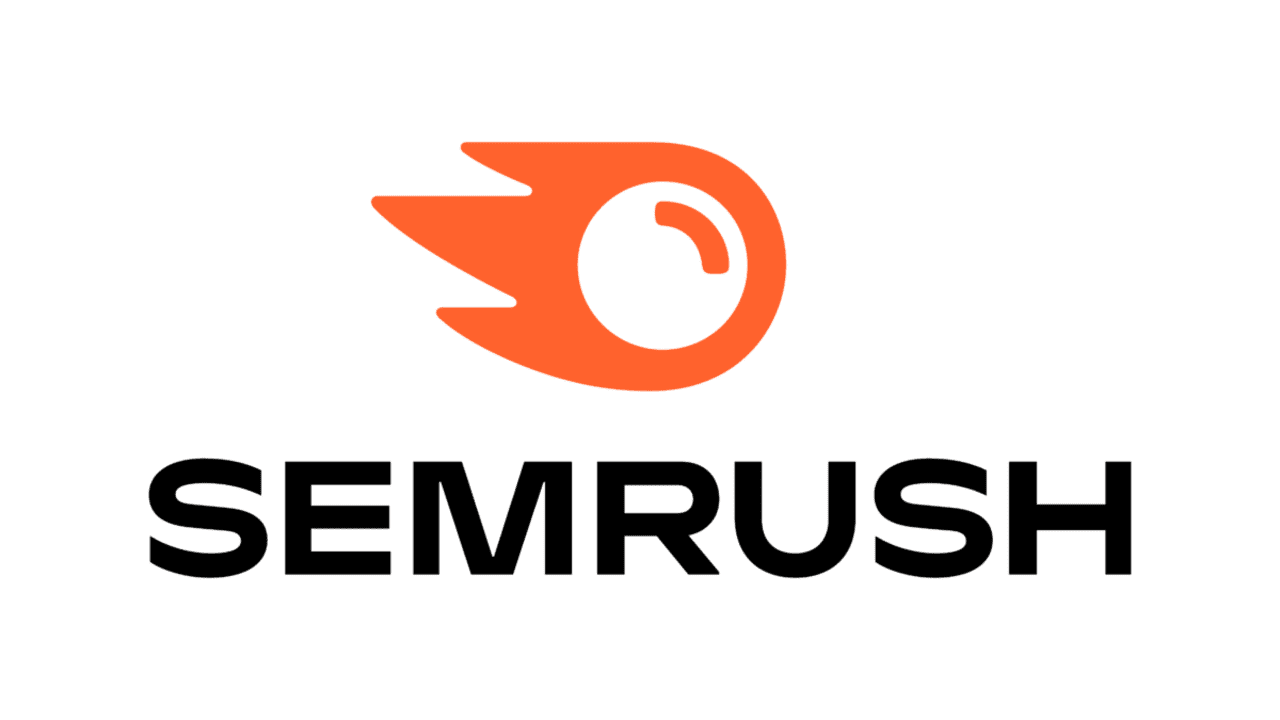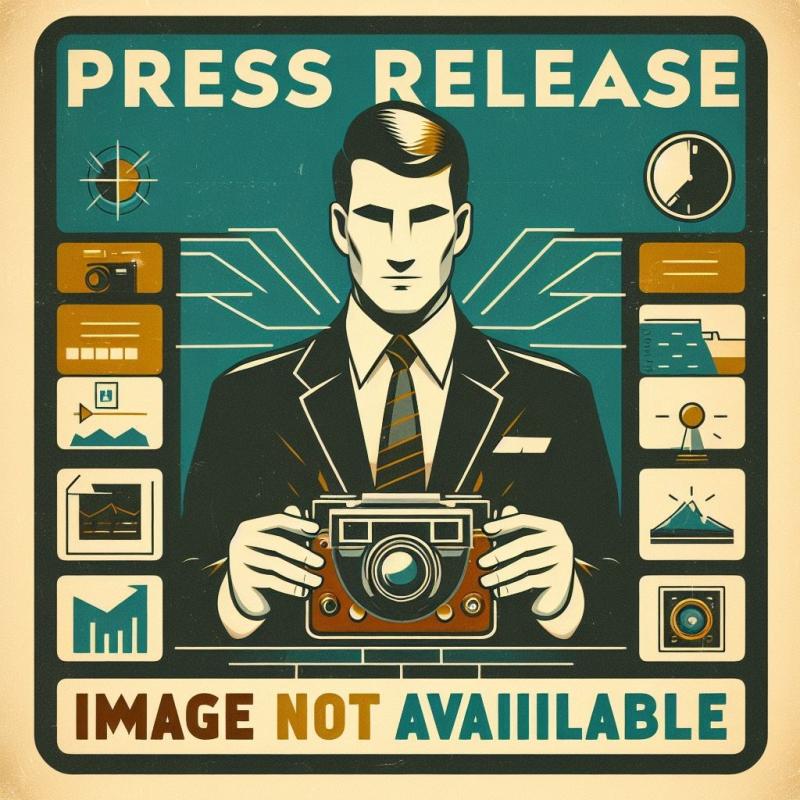And, just like that, Drizly is out.
As of March 2024, the departure of what was once the largest online marketplace for alcohol in North America has created a significant void in the adult-beverage industry. However, this void also presents a significant opportunity for grocers. With customers increasingly returning to in-store shopping, grocery stores are now in a prime position to reclaim and expand their share of the alcohol market.
Drizly’s demise not only gives grocers the chance to lead in the alcohol retail sector but also to connect more deeply with the community. This presents an opportunity to deliver an enhanced alcohol-buying experience that caters directly to consumer needs and preferences. This shift represents more than just filling an empty space; it’s an opportunity for grocery stores to redefine and elevate how alcohol is marketed and sold.
In its heyday, Drizly was pivotal in revolutionizing alcohol delivery by connecting consumers with local liquor stores via an easy-to-use online platform. The convenience and immediacy it offered set a new standard in the retail alcohol market — particularly during the pandemic — offering quick, seamless and safe purchasing experiences.
Fast-forward to today, and grocers have a fresh opportunity to reclaim customer loyalty by leveraging these expectations and focusing on what customers really want: great deals, a seamless shopping experience through technology and product selections that match their personal preferences. Add to that the fact that 45%* of shoppers purchase beer, wine or spirits monthly, and grocery stores are perfectly poised to capitalize in a Drizly-free market…they just need to take the right steps.
Here are three key steps grocers can take to regain customer loyalty and strengthen their position in the market.
Step 1: Enhance Customer Engagement with Alcohol Cashback and Rebates
Now is the time for grocery stores to revamp their promotional strategies. This presents exciting opportunities to implement innovative solutions that resonate with consumers, particularly through technology-powered alcohol cashback and rebate programs. These programs are not just revolutionizing the traditional rebate industry, but also enhancing the shopping experience by making the process incredibly user-friendly and efficient.
Gone are the days of the cumbersome mail-in rebate form and long waits for redemption. Today’s alcohol cashback programs allow customers to instantly claim their rebates with minimal effort through a retailer’s mobile app. It’s as simple as clicking on an offer, making the qualifying purchase and then redeeming the cashback, which is then deposited into a customer’s PayPal or Venmo account or their digital wallet. This immediacy simplifies the process and enhances the overall customer experience, making rebates more appealing than ever.
The impact of these cashback programs is significant. According to a recent Swiftly survey, they encourage more frequent purchases, with 73% of consumers choosing retailers that offer alcohol rebates. By adopting these solutions, grocery stores can not only significantly increase customer satisfaction and loyalty, but also set a new standard in customer service and retention.
Step 2: Enhance Personalization and Convenience Through Technology
As technology weaves convenience into most aspects of our daily lives, shoppers have come to expect more than just great deals from the retailers they frequent; they want a shopping experience that’s both easy and personalized. Grocery stores can deliver on these expectations by upping their own technology game, particularly through enhanced mobile apps and robust loyalty programs.
Mobile apps can transform grocery shopping from a routine chore into a personalized journey. These apps go beyond basic functionality by learning from a customer’s shopping history to offer tailored recommendations. For example, a shopper could receive notifications about discounts on their favorite wine or suggestions for new craft beers that align with their taste preferences, making each shopping experience uniquely tailored.
But the benefits of these apps extend beyond just pleasing shoppers in the moment. They also collect first-party data from each interaction, which is incredibly valuable for grocers. This data sheds light on shopping patterns and preferences, allowing stores to adjust their stock and promotions to better meet customer needs. By using this information effectively, grocers can create a shopping environment that feels specifically designed for everyone who walks through their doors.
Step 3: Adapt and Diversify Alcohol Selection According to Consumer Trends
Consumer tastes in alcohol are always changing, and staying ahead means offering a wide range — from local craft beers to international wines and spirits. This variety not only draws in a diverse crowd but also sets your store apart as the place to find unique beverages.
For example, supporting local and craft brands is great for the community and gives your store an edge. It’s a win-win: you boost the local economy, and customers feel good about where their money’s going.
This is another area where the first-party data you collect from your customers is a gold mine. It tells you what’s selling and what’s not, allowing you to keep your shelves stocked with what people actually want to buy. Plus, since 78% of shoppers are more likely to try new alcoholic beverages when there’s a rebate involved, according to the Swiftly survey, using this data to offer targeted deals helps boost your sales and inspire return visits.
Seizing the Opportunity: A New Era for Grocery Store Alcohol Sales
There’s no doubt that the closure of Drizly has disrupted the alcohol retail landscape, creating a significant opportunity for grocery stores to innovate and adapt. By implementing strategies like alcohol cashback programs, enhancing personalized shopping experiences through technology and adapting product offerings based on consumer trends, grocery stores can exceed customer expectations and cultivate lasting relationships.
These efforts not only capture the market opportunity left by Drizly but also set new standards in customer engagement. As grocery stores embrace this shift, they can build a community around shared tastes and experiences, securing their place as leaders in the dynamic retail alcohol sector.
*Swiftly survey, completed in June 2023.
Emma Versaw is the Head of BevAlc at Swiftly, where she has driven significant revenue growth and introduced groundbreaking digital solutions, including the award-winning Alcohol Cashback Program. Versaw’s in-depth knowledge of industry regulations and strategic thinking has helped her navigate complex challenges and develop new products that meet specific needs. Promoted to a VP-level position before turning 30, her practical approach and dedication to innovation have made her a role model, especially for young women looking to excel in the food and beverage industry.


